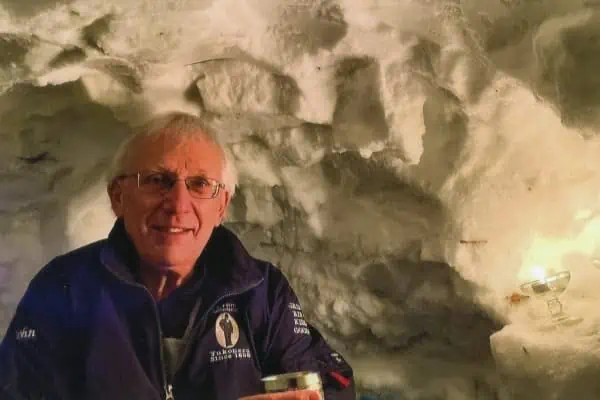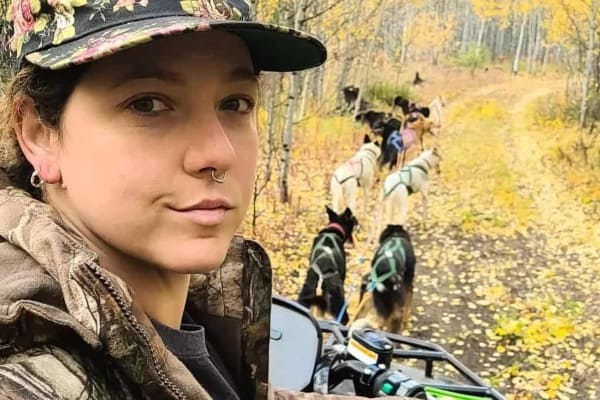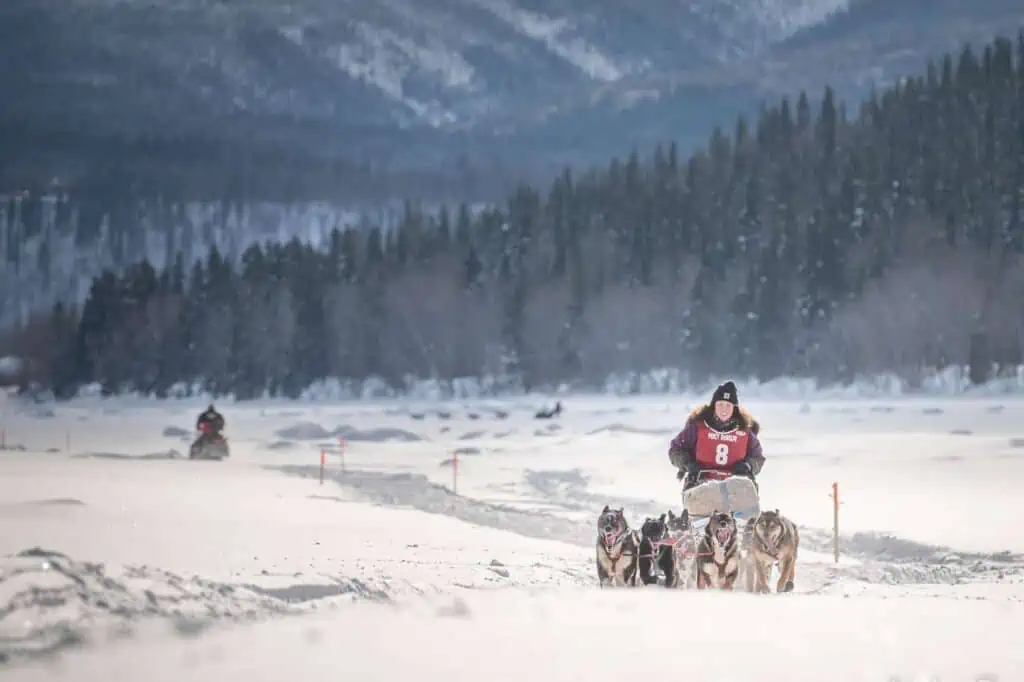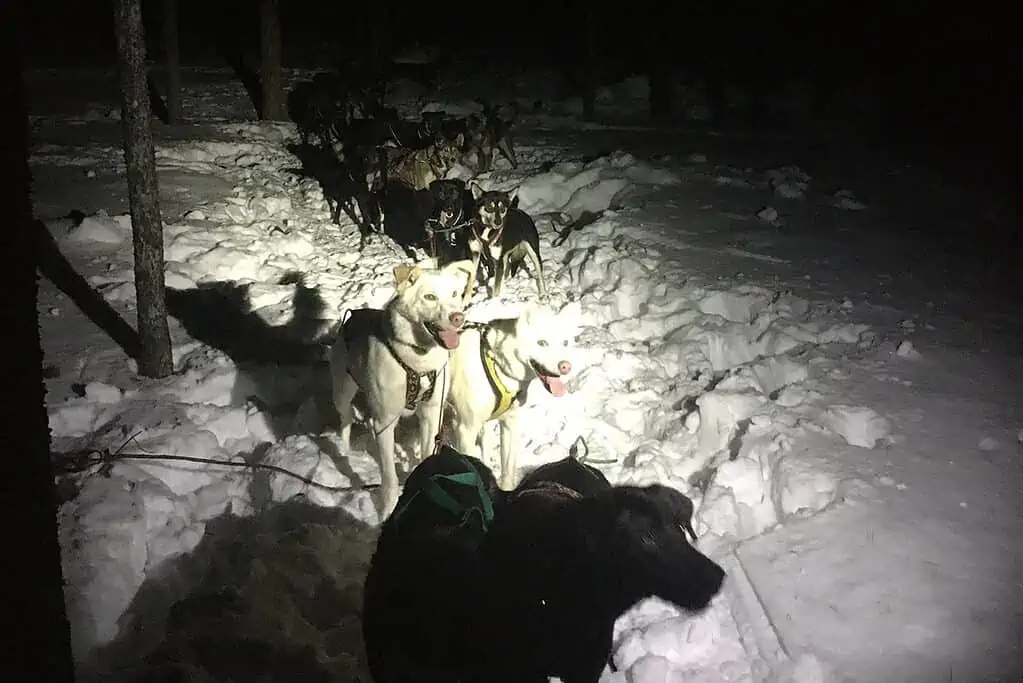It all started with a group of friends at a bar; in the North, it often starts that way. The Iditarod was considered the longest and toughest race in the world. And it probably was at the time.
But somehow it all seemed a bit commercial and really just, well, just a race. They thought it should be more — a race that celebrates the mushers and dogs of the North. Before roads, people got around by river, foot, or dog team. The Iditarod celebrated the 1921 run to get vaccine and treatment from Nenana to Nome during a diphtheria outbreak, a very specific event. The Yukon Quest would celebrate the whole culture.
After a few beers and a lot of talking, they decided the North needed a race of the same distance (1000 miles), involving more than just Alaska, and featuring the mushers and the amazing dogs that really opened up the North.
That night, the race ran from Fairbanks to southern California, but the next day led to clearer thoughts and a dose of reality. They decided to run it from Fairbanks to Whitehorse and alternate directions each year. They also decided to make fewer checkpoints and put more emphasis on camping and dog care on the trail. The Yukon Quest was born.
The Iditarod goes through 22 checkpoints which means it is really a race from point to point, making the race less about strategy and more about speed. It also allows extra sleds to be stored at checkpoints. The Quest is very different.
With only 6 checkpoints the Yukon Quest forces each musher to care for his/her dogs on a high level. Food, both dog and human varieties, has to anticipated and stored at pre-arranged points. It becomes a commodity to be measured and used in a very calculated way.
Mushers have to be aware of every other racer near them and take their breaks strategically. Simply resting at a checkpoint isn’t an option. And the rest schedule is really the dogs’ to determine. Mushers’ sleep deprivation becomes a huge part of the race.
No substitutions are allowed in the Quest. If someone needed a screwdriver he’d best have one in the sled. But another musher might have one and loan it. Cooperation is a hallmark of the Quest.
Packing a sled and training your dogs usually costs in excess of $20,000 by the time each musher gets to the starting line. Knowledge of everything that could (and likely will) go wrong is essential.
Each musher knows that every dog will be carefully examined by a veterinarian before the race. Vaccinations are required for every disease that some detractors claim occur during the race. Every dog has to be in perfect health and well-trained. And every musher knows that every single dog will be thoroughly examined by a veterinarian at every checkpoint and several dog-checks in between.
Every veterinarian has the power to pull a dog or the entire team out of the race. They tend to be an international group. My last Iditarod had 36 veterinarians from the US, Canada, Scotland, Australia, and Germany — all volunteers.
So please go down to the start on February 2 and cheer these amazing dogs and people on. They are more than prepared and they honour the North and its history.
And the dogs are some of the best athletes around.




